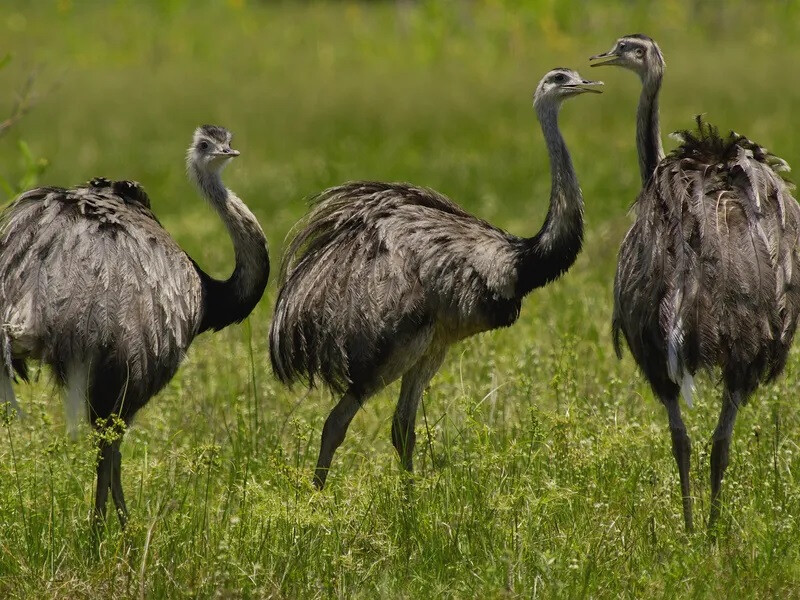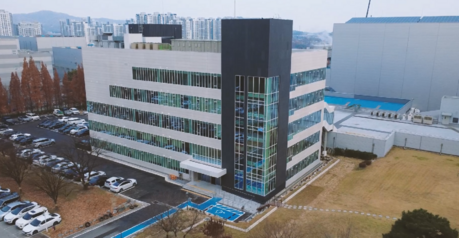
Patagonia National Parks, Argentina and Chile – In a groundbreaking binational conservation initiative, fifteen wild Darwin's rheas ( Rhea pennata), also known as lesser rheas, have been successfully translocated from Argentina's Patagonia Park to Chile's Patagonia National Park. This historic event marks the first international translocation of wild species for release within the Southern Cone, aiming to bolster the dwindling populations of this iconic Patagonian bird in Chile.
The collaborative effort, spearheaded by Rewilding Argentina and Rewilding Chile – offspring organizations of Tompkins Conservation – saw the flightless birds travel across the formidable Andes Mountains. The 1,900 km journey by lorry from Santa Cruz Province in Argentina culminated in their release into pre-release enclosures within the Aysén region of Chilean Patagonia.
Darwin's rheas, locally known as 'ñandú petiso', 'choique', or 'suri', are vital to the health of the Patagonian steppe ecosystem. As the largest bird in Chile, standing between 90 and 100 cm tall, these swift runners play a crucial role in seed dispersal and promoting grassland biodiversity.
However, over a century of unsustainable practices in the Aysén region, including overgrazing by livestock, hunting, and the destruction of their nests, has drastically reduced their numbers. The presence of livestock fences and wild dogs further complicated natural population recovery, necessitating the intervention of conservationists.
The meticulous translocation process involved carefully crating the birds in Argentina before their journey. Upon arrival in Chile, each rhea underwent a period of adaptation in enclosures. Conservationists are closely monitoring their movements and behavior using GPS technology and telemetry, gathering crucial data for the long-term success of the reintroduction program.
Stringent health protocols were implemented to mitigate any risk of avian influenza. The rheas underwent thorough veterinary checks and quarantine procedures both in Argentina prior to departure and upon their arrival in Chile.
Chile's Agriculture Minister, Esteban Valenzuela, hailed the binational initiative as a potential "model for future actions that enable threatened species to return to the ecosystems where they once thrived."
Patagonia National Park in Chile has been actively working towards rhea restoration since 2015, including a breeding program within specialized centers. While the current population stands at approximately 68 birds, the ambitious goal is to establish a self-sustaining wild population of at least 100 adult individuals, according to the conservation NGO Fundación Rewilding.
Cristián Saucedo, Director of Wildlife for Rewilding Chile, emphasized the pioneering nature of the project, stating, "The protocols to restore species across borders didn’t even exist until now. Yet, out of necessity, our institutional systems are evolving to be more dynamic and responsive to crises. It’s an exciting time for rewilding."
The establishment of Patagonia National Park is a testament to the vision of American philanthropist Douglas Tompkins, who began purchasing vast tracts of land in the region in 1990. His significant contributions culminated in the donation of 8,000 km² of land to both Chile and Argentina for the purpose of nature conservation.
The successful rhea translocation was a collaborative effort involving numerous stakeholders, including the provinces of Santa Cruz, the Chilean Forestry Service (CONAF), the Agricultural and Livestock Service (SAG), Freyja Foundation, Rewilding Argentina, and Rewilding Chile.
Kris Tompkins, President of Tompkins Conservation, celebrated the event as "a historic milestone for rewilding," underscoring the growing international cooperation in addressing biodiversity loss and restoring vital ecosystems. This initiative offers a beacon of hope for the future of Darwin's rheas in Chilean Patagonia and sets a precedent for similar cross-border conservation efforts worldwide.
[Copyright (c) Global Economic Times. All Rights Reserved.]






























